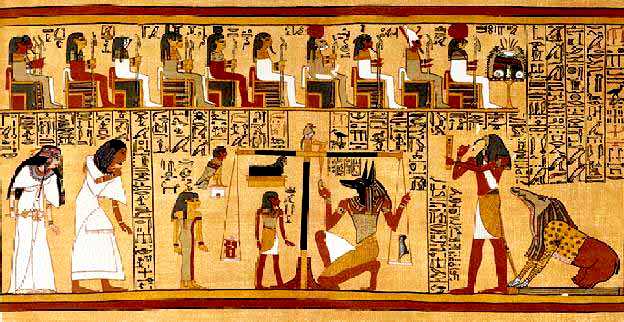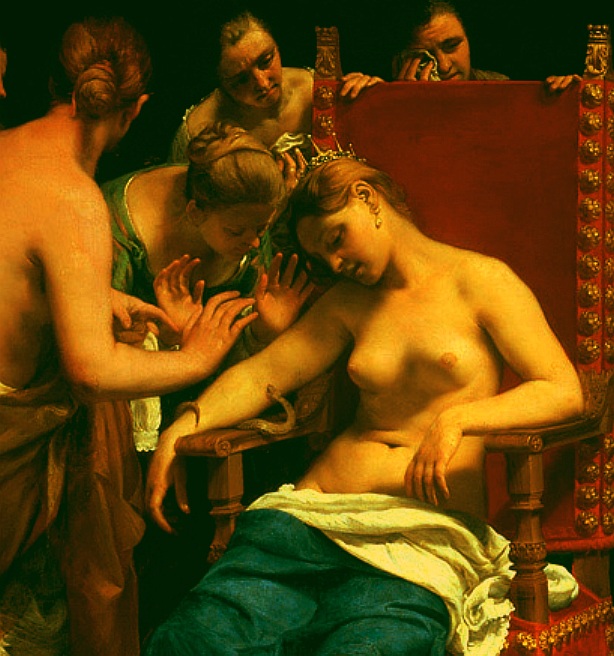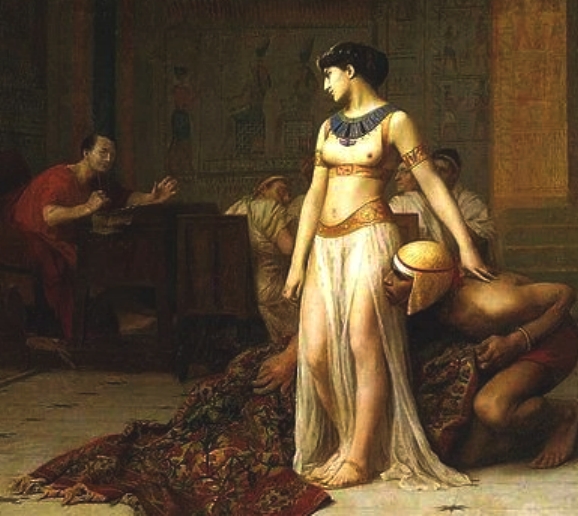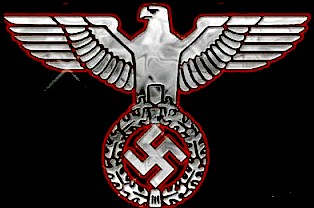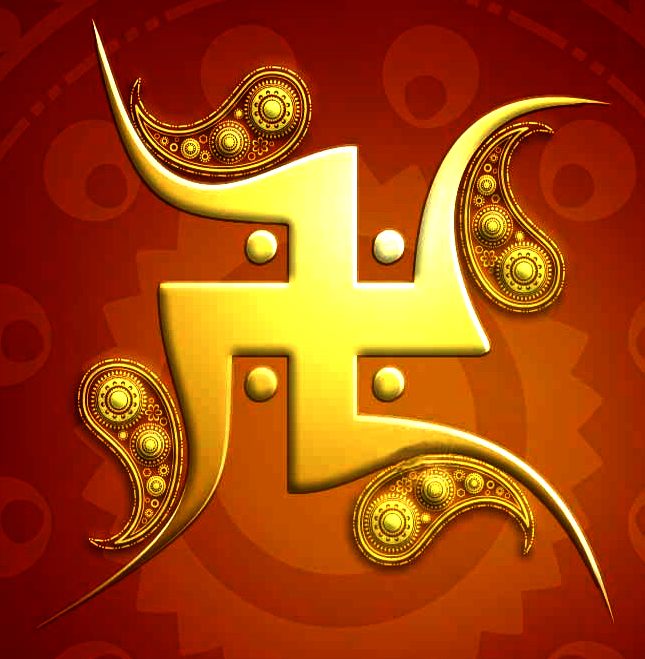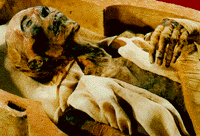The adventures of JOHN STORM and the ELIZABETH SWAN
The Mummy of Cleopatra is Reborn from the Afterlife by Jameson Hunter
This was the fifth in the series of John Storm adventure books. The rights to which were secured by Cleaner Ocean Foundation for their ocean and climate awareness series. Newly developed, and 1st draft scripted in 2022 and 2023. All rights reserved.
PLOT SUMMARY
An ancient order of High Priests has been secretly waiting in readiness for a prophesy to be fulfilled. As part of their quest they were relieved when a cohort of scientists from Europe obtained the cloning technology to be able to reincarnate the most powerful Egyptian ruler that ever lived, for which they must obtain a sample of the mummy's DNA and enact a sacred Egyptian ceremony involving the book of the dead.
Cleopatra committed suicide with a broken heart. She poisoned herself with an asp ......... having vowed to return for her lover Mark Anthony .......
But the location of Queen Cleopatra's tomb has remained a mystery for 2050 years, until a German archaeologist hears of a discovery off the coast of Alexandria, by a fisherman Ahmed Saleh. The fisherman rushes to tell the world of his find but reveals the location of his find to Safiya Sabuka, and is brutally murdered for his troubles by the ruthless female assassin, working for the ancient order of High Priests, alongside the European scientists. The brotherhood knights ceremonially recover the preserved remains of the sacred queen and reincarnate her using highly sophisticated technology that has cost them a fortune to acquire over many years.
Soon after a series of strange events take place that shake the stability of the Middle East and unsettled the Catholic Church, when John Storm is called in by Blue Shield to assist an investigation in his capacity as genealogical anthropologist and ocean conservationist .......
The Mummy - The Adventures of John Storm = alternative book covers
BOOK OF THE DEAD
The Book of the Dead is an ancient Egyptian funerary text, used from the beginning of the New Kingdom (around 1550 BCE) to around 50 BCE. The original Egyptian name for the text, transliterated rw nw prt m hrw is translated as "Book of Coming Forth by Day". Another translation would be "Book of emerging forth into the Light". The text consists of a number of magic spells intended to assist a dead person's journey through the Duat, or underworld, and into the afterlife.
The Book of the Dead was part of a tradition of funerary texts which includes the earlier Pyramid Texts and Coffin Texts, which were painted onto objects, not papyrus. Some of the spells included were drawn from these older works and date to the 3rd millennium BCE. Other spells were composed later in Egyptian history, dating to the Third Intermediate Period (11th to 7th centuries BCE). A number of the spells which made up the Book continued to be inscribed on tomb walls and sarcophagi, as had always been the spells from which they originated. The Book of the Dead was placed in the coffin or burial chamber of the deceased.
There was no single or canonical Book of the Dead. The surviving papyri contain a varying selection of religious and magical texts and vary considerably in their illustration. Some people seem to have commissioned their own copies of the Book of the Dead, perhaps choosing the spells they thought most vital in their own progression to the afterlife. The Book of the Dead was most commonly written in hieroglyphic or hieratic script on a papyrus scroll, and often illustrated with vignettes depicting the deceased and their journey into the afterlife.
The book of the dead
|
SCENE |
|
DESCRIPTION |
|
LOCATION |
|
|
|
|
|
|
|
Prologue |
|
|
||
|
Chapter 1 |
|
SKY News |
|
|
|
Chapter 2 |
|
EXPEDITION - |
|
|
|
Chapter 3 |
|
John Storm (JS) lecture |
|
|
|
Chapter 4 |
|
|
||
|
Chapter 5 |
|
John Storm hired for expertise |
|
|
|
Chapter 6 |
|
Secret destination revealed |
|
|
|
Chapter 7 |
|
Provisioning and
p |
|
|
|
Chapter 8 |
|
|
||
|
Chapter 9 |
|
Cast off |
|
|
|
Chapter 10 |
|
Satellite survey |
|
|
|
Chapter 11 |
|
Sand storm |
|
|
|
Chapter 12 |
|
. |
|
|
|
Chapter 13 |
|
|
|
|
|
Chapter 14 |
|
Secret map previously undisclosed |
|
|
|
Chapter 15 |
|
|
||
|
Chapter 16 |
|
Sky News: Green & Charley |
|
|
|
Chapter 17 |
|
|
||
|
Chapter 18 |
|
|
||
|
Chapter 19 |
|
|
||
|
Chapter 20 |
|
|
||
|
Chapter 21 |
|
|
||
|
Chapter 22 |
|
|
||
|
Chapter 23 |
|
|
||
|
Chapter 24 |
|
Shrine |
|
|
|
Chapter 25 |
|
|
||
|
Chapter 26 |
|
|
||
|
Chapter 27 |
|
|
||
|
Chapter 28 |
|
|
||
|
Chapter 29 |
|
Curse |
|
|
|
Chapter 30 |
|
|
||
|
Chapter 31 |
|
|
||
|
Chapter 32 |
|
|
||
|
Chapter 33 |
|
|
||
|
Chapter 34 |
|
|
||
|
Chapter 35 |
|
|
||
|
Epilogue |
|
|
|
CHARACTER |
|
DESCRIPTION |
|
A |
|
|
|
|
|
|
|
|
Adventurer |
|
|
|
|
|
Electronics Wizard |
|
|
|
|
|
Solicitor based in Sydney |
|
|
|
|
|
Explorer and historian |
|
|
|
|
Scott Tremaine |
|
Treasure hunter |
|
|
|
Sir Rodney Baskerville |
|
Professor of History |
|
|
|
|
Freelance Reporter |
|
|
|
|
|
Camerawoman |
|
|
|
|
|
BBC Newsnight Presenter |
|
|
|
|
|
Editor the Independent |
|
|
|
|
|
Sky News Editor |
|
|
|
|
Baron |
- |
German archaeologist |
- |
|
|
|
- |
High Priest |
- |
|
|
|
- |
High Priest assassin |
- |
|
|
|
- |
Egyptian minister of antiquities |
- |
|
BACKGROUND HISTORY
Cleopatra VII Philopator (Ancient Greek: Κλεοπάτρα Φιλοπάτωρ; Late 69 B.C.E. August 12, 30 B.C.E.), is known to history simply as Cleopatra. She was the last pharaoh of Ancient Egypt.
Cleopatra was a member of the Ptolemaic dynasty, a family of
Greek origin that ruled Egypt after Alexander the Great's death during the Hellenistic period. The
Ptolemies, throughout their dynasty, spoke Greek and refused to speak Egyptian, which is the reason that Greek as well as Egyptian languages were used on official court documents such as the Rosetta
Stone. By contrast, Cleopatra did learn to speak Egyptian and represented herself as the reincarnation of an
Egyptian goddess,
Isis.
Cleopatra originally ruled jointly with her father Ptolemy XII Auletes and later with her brothers, Ptolemy XIII and Ptolemy XIV, whom she married as per Egyptian custom, but eventually she became sole ruler. As pharaoh, she consummated a liaison with
Julius Caesar that solidified her grip on the throne. She later elevated her son with Caesar,
Caesarion, to co-ruler in name.
After Caesar's assassination in 44 B.C.E., she aligned with
Mark Antony in opposition to Caesar's legal heir,
Gaius Julius Caesar Octavianus (later known as Augustus). With
Antony, she bore the twins Cleopatra Selene II and Alexander Helios, and another son, Ptolemy
Philadelphus. Her unions with her brothers produced no children. After losing the Battle of Actium to Octavian's forces, Antony committed suicide.
Cleopatra followed suit, according to tradition killing herself by means of an asp bite on August 12, 30
B.C.E.. She was briefly outlived by Caesarion, who was declared pharaoh by his supporters, but he was soon killed on Octavian's orders.
Egypt became the
Roman province of
Aegyptus.
To this day, Cleopatra remains a popular figure in Western culture. Her legacy survives in numerous works of art and the many dramatizations of her story in literature and other media, including William
Shakespeare's tragedy Antony and Cleopatra, Jules Massenet's opera Clιopβtre and the film Cleopatra (1963). In most depictions, Cleopatra is portrayed as a great beauty, and her successive conquests of the world's most powerful men are taken as proof of her aesthetic and sexual appeal. In his Pensιes, philosopher Blaise Pascal contends, evidently speaking ironically because a large nose has symbolized dominance in different periods of history, that Cleopatra's classically beautiful profile changed world history: "Cleopatra's nose, had it been shorter, the whole face of the world would have been changed.
The site of their mausoleum is uncertain, though the Egyptian Antiquities Service believes it is in or near the temple of Taposiris Magna, southwest of Alexandria.
Cleopatra's son by Caesar, Caesarion, was proclaimed pharaoh by the Egyptians, after Alexandria fell to
Octavian. Caesarion was captured and killed, his fate reportedly sealed when one of Octavian's advisers paraphrased Homer: "It is bad to have too many
Caesars." This ended not just the Hellenistic line of Egyptian pharaohs, but the line of all
Egyptian
pharaohs. The three children of Cleopatra and
Mark
Antony were spared and taken back to Rome where they were taken care of by Antony's wife, Octavia Minor. The daughter, Cleopatra
Selene, was married through arrangements of Octavian to Juba II of
Mauretania.
Nazi Germany adopted many Ancient Egyptian symbols
Copyright
© Jameson Hunter 2006 and 2015.
The
right of Jameson Hunter to be identified as the
author of this work has been asserted in
accordance with section 77 and 78 of the
Copyright Designs and Patents Act 1988.
In this work of fiction, the characters, places and events are either the product of the authors imagination or they are used entirely fictitiously.
This book is sold subject to the conditions that it shall not, by way of trade or otherwise, be lent, re-sold, hired out or otherwise circulated in any form of binding or cover other than that which it it is published and without a similar condition including this condition being imposed on the subsequent purchaser.
Set
in 10/11pt Palatino by
Electrick Publications, Herstmonceux, England, BN27 1RF.
ISBN:
Papers used by Electricks Publishers are natural, recyclable products made from wood grown in sustainable forests. The manufacturing processes conform to the environmental regulations of the country of origin.
Cleopatra - 1963 film trailer Youtube
|
Emily Bronte - Wuthering Heights Agatha Christie - Murder on the Nile Tom Clancy - Hunt for Red October Clive Cussler - Raise the Titanic Daniel Dafoe - Robinson Crusoe Charles Dickens - Oliver Twist
|
Arthur Conan Doyle - Sherlock Homes Alexander Dumas - Ct Monte Christo Amanda Hocking - My Blood Approves Jameson Hunter - John Storm D H Lawrence - Lady Chatterley's Lover
|
Arthur Ransome - Swallows & Amazons Mary Shelley - Frankenstein Robert Louis Stevenson - T Island Jules Verne - 20,000 Leagues U Sea Virginia Woolf - To the Lighthouse
|
Blueplanet Netdirect Productions were looking for graphic artists, inkers and colourists to help them develop the John Storm adventure series into fully fledged graphic novels: to be printed and distributed traditionally and, if the technology permited, for download to be read on an ipad or Kindle reader. This company no longer exists. The rights to the John Storm franchise have been acquired by Cleaner Ocean Foundation who have since developed Jameson Hunter's books, starting with: Kulo Luna
Anita
Blake - Guilty Pleasures Batman
- Catwoman
- John
Storm - Kulo Luna Ironman
- Superman
- Tin
Tin - X
Men - Rameses:
Ancient Egyptian Pharaoh
mummy
This webpage is Copyright © 1999 & 2024 Electrick Publications & Blueplanet Universal Productions.
